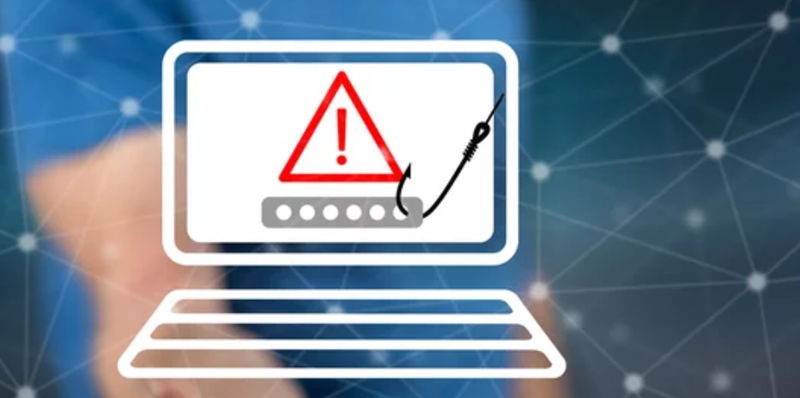In today’s digital landscape, the threat of phishing attacks has become increasingly prevalent. Hackers employ deceptive tactics to impersonate trusted individuals or departments in order to gain access to sensitive information. To safeguard our systems and resources, it is crucial to understand these attacks and implement proactive measures. This article will explore various strategies to prevent phishing attacks, including the use of Domain-based Message Authentication, Reporting, and Conformance (DMARC), Multi-factor Authentication (MFA), Single Sign-On (SSO), denylists, firewall rules, the Principle of Least Privilege (PoLP), and the importance of reporting phishing activity.
Understanding Phishing Attacks
Phishing attacks involve hackers deceiving individuals into divulging their login credentials. These attacks typically take the form of deceptive emails, impersonating someone the recipient trusts, such as their boss, co-worker, or IT staff. The ultimate goal is to obtain sensitive information for malicious purposes.
Common phishing tactics
Hackers employ various tactics to trick unsuspecting users. They send emails that appear genuine, replicating the style and format of messages from trusted sources. By exploiting trust and urgency, they create a sense of urgency, prompting users to act quickly without verifying the authenticity of the request.
Preventing phishing attacks with DMARC
Domain-based Message Authentication, Reporting, and Conformance (DMARC) is a powerful tool for preventing phishing attacks. By implementing DMARC, organizations can authenticate incoming emails, ensuring they originate from legitimate sources. This increases email security and greatly reduces the risk of falling victim to impersonation tactics employed by hackers.
Enhancing Email Security with DMARC’s ‘Reject’ Setting
One way to enhance email security is by setting DMARC to ‘reject’ for outgoing emails. This means that any email that fails the DMARC authentication will be automatically rejected, preventing it from reaching the recipient’s inbox. By adopting this proactive measure, organizations significantly reduce the chances of phishing attacks successfully bypassing their email systems.
Strengthening credentials with multi-factor authentication (MFA)
Multi-factor authentication (MFA) is a robust security measure that adds an extra layer of protection to login credentials. By requiring users to provide multiple forms of verification, such as a password and a one-time verification code, the risk of unauthorized access due to phishing attacks is significantly reduced. Strong MFA ensures that even if a user’s credentials are compromised, hackers cannot gain access without additional authentication.
Managing MFA (Multi-Factor Authentication) lockout and alert settings
Configuring MFA lockout and alert settings is essential in maintaining a secure environment. Organizations should regularly review and adjust these settings to prevent potential abuse or unauthorized access. By monitoring and managing these settings effectively, organizations can promptly detect and mitigate any suspicious activity or attempts at phishing attacks.
Implementing Single Sign-On (SSO) for centralized logins
Single Sign-On (SSO) allows users to access multiple applications and systems with a single set of login credentials. Implementing SSO not only streamlines the login process but also boosts security. With SSO, user credentials are centralized and well protected, making it harder for attackers to successfully launch phishing attacks.
Utilizing denylists and firewall rules
To block malware delivery through phishing attacks, organizations should leverage denylists at the email gateway and implement robust firewall rules. Denylists help filter out known malicious sources, reducing the chances of users receiving phishing emails. Firewall rules establish additional barriers against potential attacks, fortifying overall email security.
Applying the Principle of Least Privilege (PoLP)
The Principle of Least Privilege (PoLP) is a fundamental security concept. By granting users the minimum level of access required to perform their tasks, organizations reduce the risk of unauthorized access or phishing attacks gaining a foothold within their systems. Implementing PoLP ensures that even if credentials are compromised, hackers will have limited access to critical resources.
Reporting Phishing Activity
Reporting any incidents of phishing activity to relevant authorities is paramount in identifying and mitigating new threats. Collaboration with cybersecurity organizations and industry partners helps raise awareness and develop countermeasures against evolving attack techniques. By actively reporting phishing activity, individuals and organizations contribute to a safer online environment for everyone.
Phishing attacks continue to pose a significant threat to organizations and individuals alike. By implementing effective strategies, such as utilizing DMARC, strengthening credentials with MFA, implementing SSO, utilizing denylists and firewall rules, applying the Principle of Least Privilege, and actively reporting phishing activity, we can mitigate the risk of falling victim to these attacks. By staying vigilant, proactive, and informed, we contribute to a more secure digital ecosystem, ensuring the protection of sensitive information and resources.

